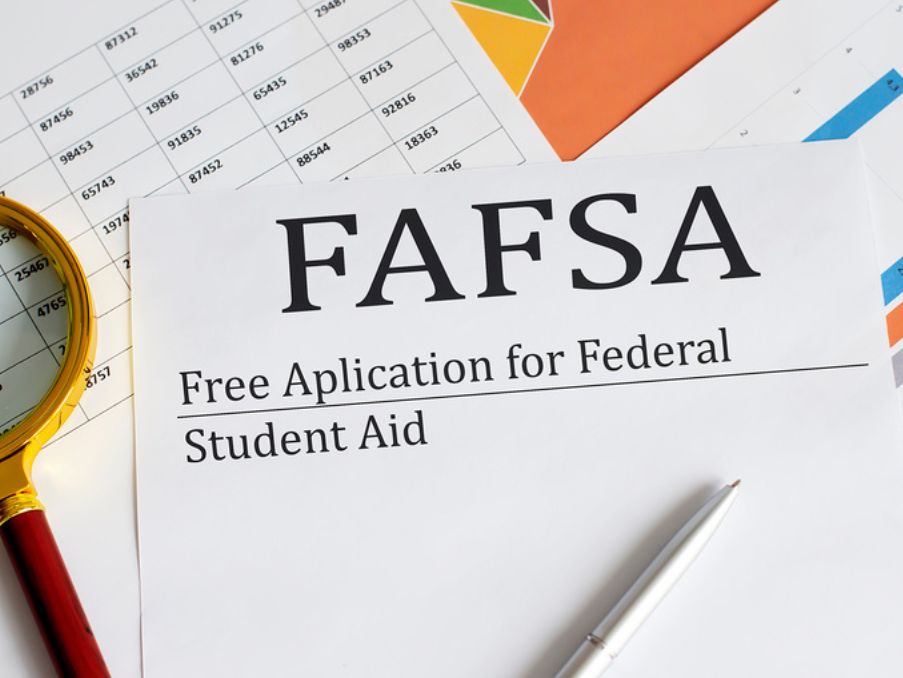Blogs
FAFSA Follow-up and Accessing FAFSA Data
January 17, 2025
By Brendan Williams

The 25–26 FAFSA has been open for over a month and works well. While most students and parents can complete and submit their forms without issue, some may forget to confirm that everything has been processed correctly. A key step uAspire advisors take is following up on FAFSA submissions to ensure no issues will delay the rest of the financial aid process. If you’re ready to support students at your school with FAFSA follow-up, we’ll share some important tips and discuss data you can use to make your support more effective.
When following up on the FAFSA with students, your first step is to check the FAFSA Submission Summary (watch this video for instructions on how to access it). Once you’ve obtained the submission summary, here are a few key points to review:
-
Incomplete Contributor Sections: Some students believe they’re done after signing their section, forgetting that a parent or spouse contributor still needs to complete theirs. Students will see a warning on their studentaid.gov dashboard if a contributor section is missing.
-
Missing Student Aid Index (SAI): A known FAFSA glitch sometimes fails to collect a family’s size, resulting in no SAI being calculated. If the SAI is missing on the FAFSA Submission Summary, the parent must manually start a correction to provide the family size.
-
Updated College Lists: Remind students to make sure every college they’ve applied to is listed on their FAFSA. As the year goes on, college lists may shift, and students can’t receive financial aid from schools not listed on their FAFSA. Double-checking can prevent issues later when they receive financial aid offers.
-
Requests for Verification: Even with the updated FAFSA, some students are selected for verification. If selected, they’ll see an asterisk next to their SAI and a comment in the “next steps” section. Completing verification requirements is essential for receiving financial aid.
This list is just a snapshot of the most frequent issues. Remember, the best way to ensure students are fully set is to have them review their FAFSA Submission Summaries.
Don’t worry—there are ways to see who’s completed their FAFSA and who needs more support. Let’s look at two FAFSA data sources you can use to help students finish the process.
-
FAFSA Completion by High School and Public School District
If you want to see how many high school or district students have submitted or completed a FAFSA, studentaid.gov provides publicly available data by state and high school. Here are a few key points before you dive in:
-
A completed FAFSA has been submitted and fully processed. If submissions outnumber completions, some students’ FAFSAs weren’t processed and need follow-up.
-
Data updates occur every two weeks.
-
There are multiple FAFSA cycles shown. After pulling data for your state, make sure you are looking at the column for the 25-26 FAFSA.
-
If you prefer not to download a spreadsheet, check out NCAN’s FAFSA tracker for a more user-friendly overview.
-
Student-Level FAFSA Data
If your state has an agreement with Federal Student Aid (and most do), you might be able to see exactly which students have or haven’t submitted a FAFSA. However, each state’s process differs, and not all states offer this option. For more details, visit NCAN’s page on state policies regarding student-level FAFSA data, and check with your state agency or district for any recent changes.
If you can access student-level data, you’ll see exactly which students have completed the FAFSA and which ones may still need follow-up. Using this information to prioritize your support will be invaluable in helping students secure the financial aid they deserve.